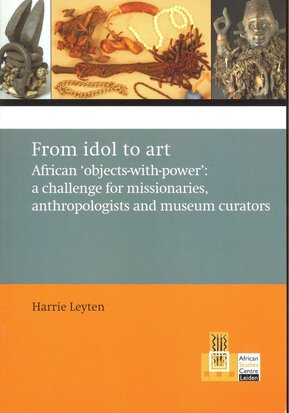
Categories
Search
Shopping cart
Recent publications
- Books /
- ASC publications /
-
From idol to art. African ‘objects-with-power’: a challenge for missionaries, anthropologists and museum curators

Information:
ISBN
1876-018x , 978-94-6173-720-5
Auteur
Harrie Leyten
Kaft
Paperback
Uitgeverij
African Studies Centre

